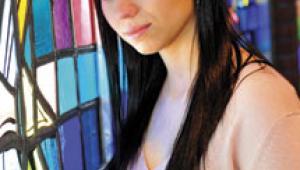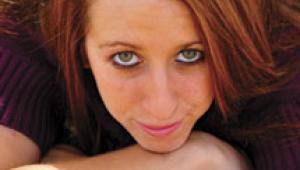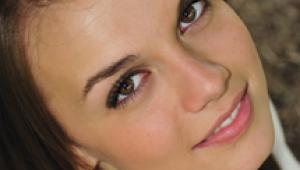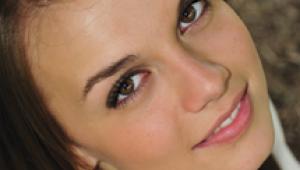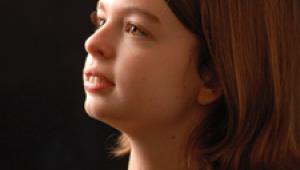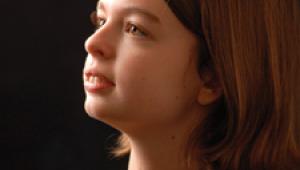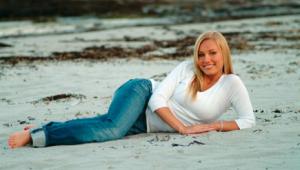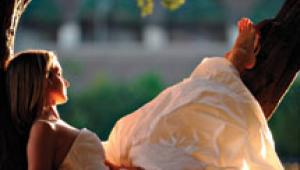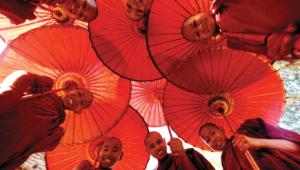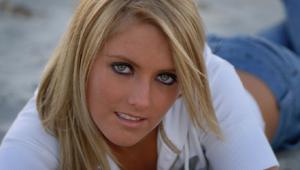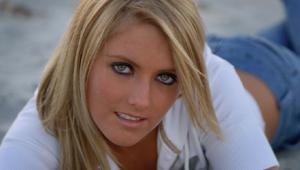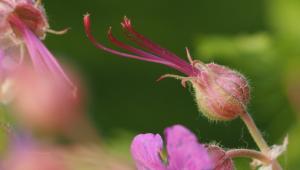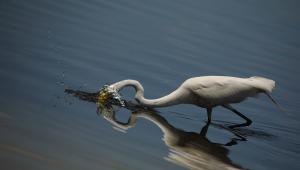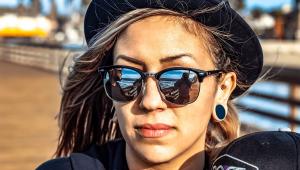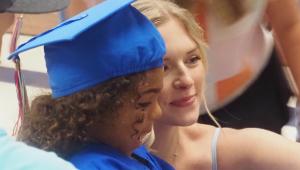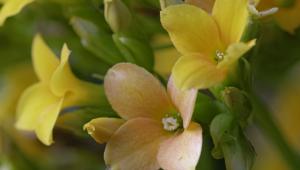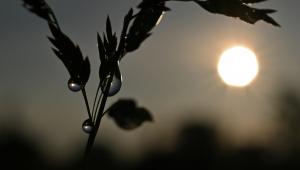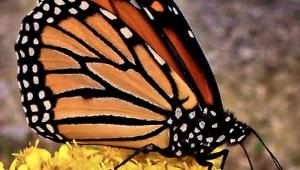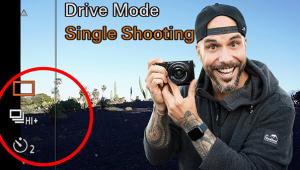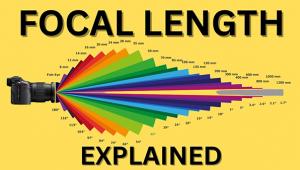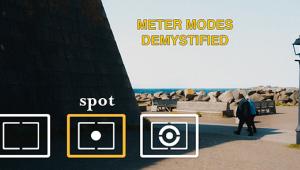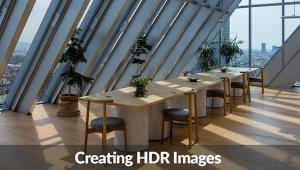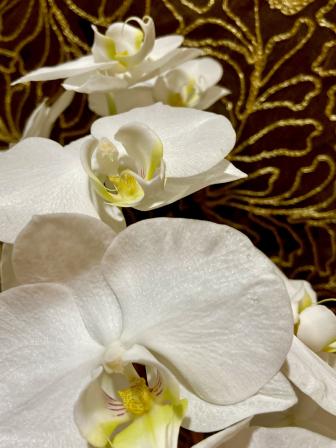Natural Light Portraiture; Why One Photographer Loves The Sun! Page 2
In the interest of full disclosure and for those of you who think I have a screw loose, let's look at some of the drawbacks of shooting on sunny days. Yes, there are some, but I prefer to see them as simply obstacles that must be overcome to complete a successful portrait.
 |
|
|
Shooting in the sun does have its challenges, but they are neither huge nor
insurmountable. The brightness range of the image must be watched carefully.
Most digital cameras do not have the ability to capture the wide dynamic range
of negative film. And while I can't quote you specific numbers about how
great a range your camera can handle, I do know from experience how my sensor
reacts in different situations, and you should get to know yours, too.
What this means to you is that you have to be very careful about backgrounds.
If there is a three stop or more difference between the light on the background
and the light on your subject, kiss the background goodbye! That goes for parts
of the background, too, like that open area through the trees. Watch especially
for "splotchy" light that peeks through the trees onto your client's
shirt, causing overexposed hot spots that will kill your image. Light-colored
clothing and blond hair are especially susceptible to hot spots that may pass
on darker colors.
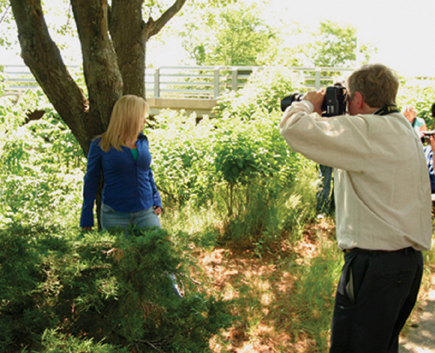 |
|
|
The "Wall Of Light"
My objective is to have a huge "wall of light" that becomes my main
light source. That's nothing new. But I strive to make sure the light
has energy and color, two of my favorite qualities. This energy and color is
usually the result of some sort of direct reflection of the sun. For example,
if we place our subject in an area where they are out of the sun but the light
source comes from the open sky, we can get a nice light, but I aim for something
more. That "something more" is usually some form of a natural reflector.
Instead of just lighting with an open sky, I may use the light bouncing off
a yellow building opposite my subject. I really love red brick buildings because
in strong sun they will cast a beautiful warm light on your subject. Or I may
combine the open sky with a "bounce fill" from a white sidewalk
for a glamorous light with a wonderful catchlight on the bottom of the eye.
I also like flat light. Not the kind that's "just there,"
like in open shade, but that has a little "kick" to it from reflected
sunlight. A favorite location of mine is under the overhang of a large bush.
I'll sometimes use a very flat light aimed right at my subject. The source
of the light is the open sky plus the bounce light I get from the gray paved
parking lot. The sun is behind my subject and I usually stuff a large reflector
in the branches overhead to block the dreaded "splotches."
 |
|
|
Note that if the sun was in front of my subjects, the bounce off the parking
lot would be too strong and my main light direction would be from underneath,
not usually a good scenario. I seek out situations where the sun is behind my
subject and I get a "bounce back" from a sidewalk or building.
There are many other great opportunities available when it's sunny outside.
Learn to embrace the power of the sun, and you'll truly be "makin'
hay" when the sun shines!
Steve Bedell holds Masters and Craftsman degrees from the Professional Photographers
of America. Bedell recently released an educational DVD about shooting in the
sun called "Sparkle Light." For more information on the DVD or to
subscribe to EPhoto, his free online newsletter for professional and advanced
amateur photographers, contact Bedell via e-mail at: steve@stevebedell.com.
- Log in or register to post comments
